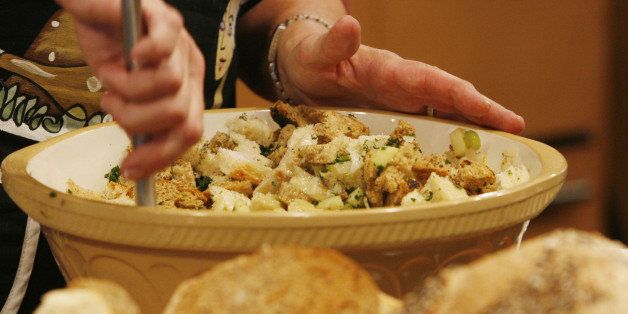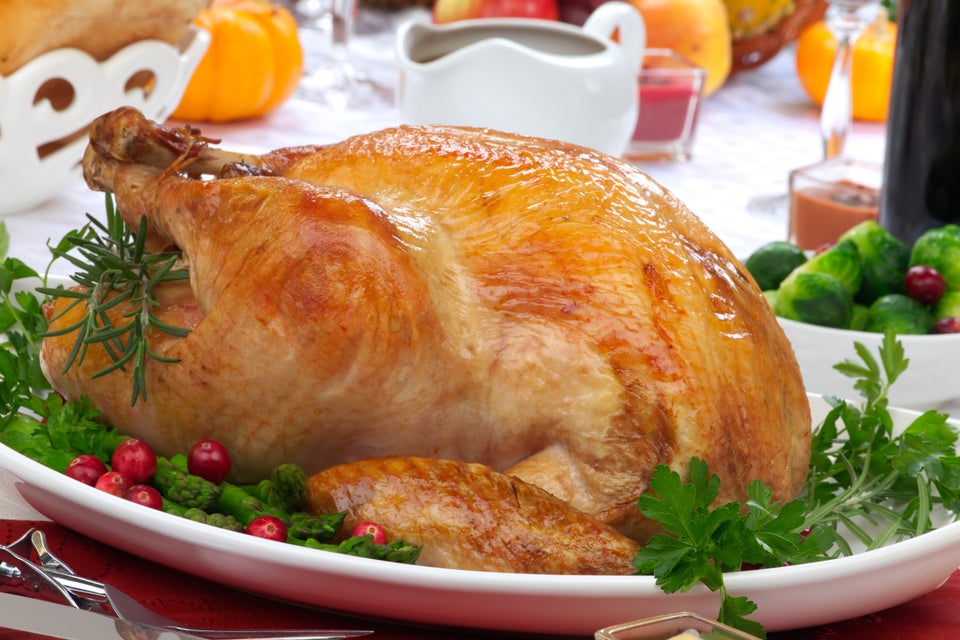
The turkey is often viewed as the centerpiece of the Thanksgiving feast. But if the bird is filled with stuffing, the popular side dish could easily come out undercooked, which can result in dangerous bacterial contamination.
Rochelle Sirota, RD, CDN, says that stuffing and cooking the turkey could risk the spread of salmonella, a bacterium that is the common cause of foodborne illness.
"It's harder to gauge the heat inside the turkey and you can't really reach all the way inside with a thermometer," said Sirota.
Each year, the Centers for Disease Control and Prevention receive reports of an average 42,000 cases of salmonellosis -- symptoms of salmonella poisoning that include diarrhea, fever and abdominal cramps -- but thousands more likely go unreported, according to the CDC website.
While most people recover from salmonellosis within a few days, complications such as dehydration or an intestinal infection can be life-threatening, according to the Mayo Clinic. The bacteria is spread through contaminated surfaces, water or food. The primary sources of salmonella are undercooked poultry or eggs, although the bacterium has been linked to vegetables and ground meat.
The U.S. Department of Agriculture suggests stuffing be cooked apart from the turkey, especially for cooks who don't use a meat or cooking thermometer. The USDA also advises cooking poultry to an internal temperature of 165 degrees Fahrenheit, which will take more time if the bird is stuffed, according to a study from the University of Georgia.
Since you have a lot less control over the stuffing when cooked in a bird, Sirota says the smartest and safest choice is to simply cook it separately and serve it as a side. But that's not the only food contamination risk: If you're cooking ahead, be mindful of how far ahead. Sirota suggests cooking the stuffing no longer than four days in advance, as cooking it any longer ahead of time could also increase the risk of bacteria growth. When cooking ahead for Thanksgiving remember to refrigerate foods within two hours of reaching room temperature.
